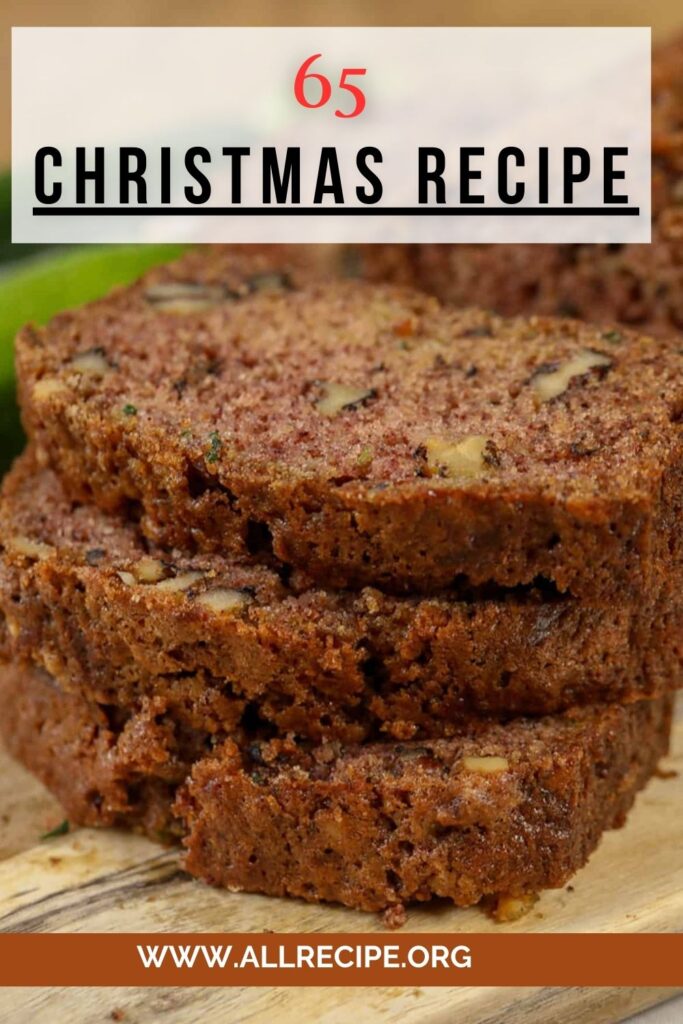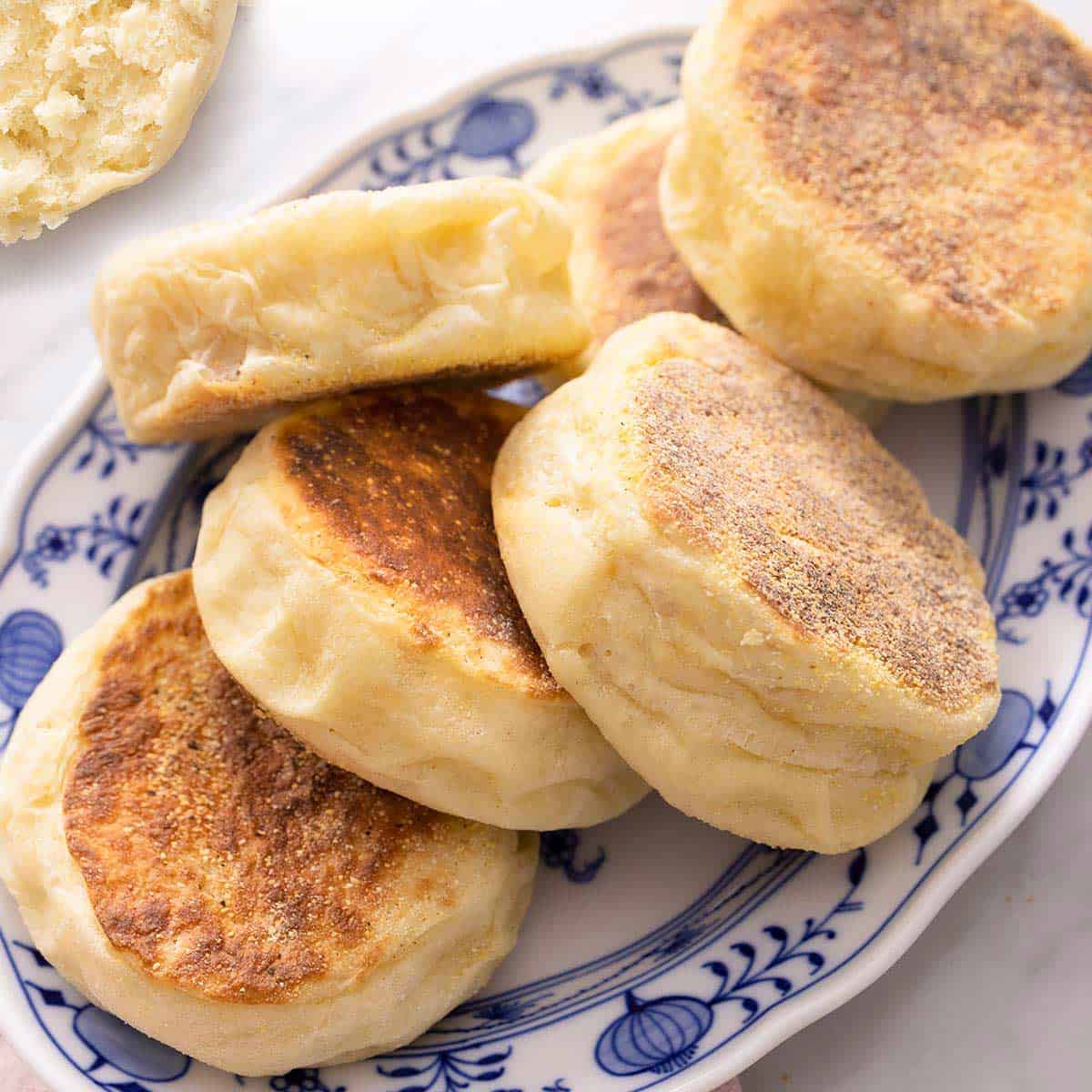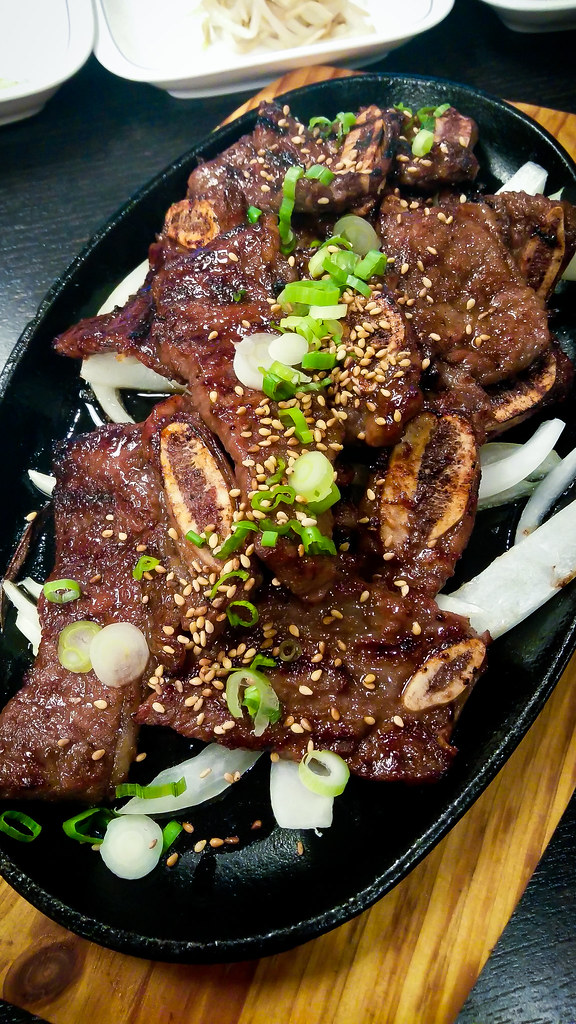Persimmon Bread Recipe
Persimmon Bread: A Fall Delight That Will Warm Your Soul
Fall is the season for cozy flavors, and what could be more comforting than a slice of freshly baked persimmon bread? This delectable treat is a symphony of sweet, moist, and subtly spicy perfection. Prepare to indulge in its irresistible charm as we embark on a culinary journey that unveils the origins, flavors, and secrets behind this autumnal joy.
Origins and History of Persimmon Bread
Persimmons, the heart of this tantalizing bread, have been a staple in Asian cuisine for centuries. Their unique, pumpkin-like shape and vibrant orange hue symbolize prosperity and good fortune. In the 19th century, persimmons made their way to the United States, captivating the taste buds of Americans. Bakers began incorporating persimmons into recipes, and persimmon bread was born as a sweet and savory delight.
Personal Touch: A Fond Memory
Growing up, autumn afternoons were always filled with the tantalizing aroma of freshly baked persimmon bread wafting through our home. My grandmother, a true aficionado of this seasonal treat, would meticulously craft loaves that were the epitome of perfection. Each bite evoked warmth, nostalgia, and the essence of the changing seasons.
What You Can Expect in This Post:
In this comprehensive guide, we will delve into the intricacies of the Persimmon Bread Recipe, exploring:
- Step-by-step instructions for preparing this autumnal masterpiece
- Nutritional information and the incredible health benefits of persimmons
- Tips and variations to cater to various dietary needs and preferences
- Storage and reheating instructions to savor every delectable moment
Ingredients List:
- 1 cup unbleached all-purpose flour
- 1 teaspoon baking soda
- 1/2 teaspoon ground cinnamon
- 1/2 teaspoon ground ginger
- 1/4 teaspoon ground nutmeg
- 1/4 teaspoon salt
- 1/2 cup (1 stick) unsalted butter, softened
- 3/4 cup granulated sugar
- 2 large eggs
- 1 cup mashed ripe persimmons
- 1/2 cup chopped walnuts (optional)
Preparation Steps:
- In a large bowl, whisk together the flour, baking soda, cinnamon, ginger, nutmeg, and salt.
- In a separate bowl, cream together the softened butter and granulated sugar until light and fluffy.
- Beat in the eggs one at a time, then stir in the mashed persimmons.
- Gradually add the dry ingredients to the wet ingredients, mixing until just combined. Do not overmix.
- Fold in the chopped walnuts (optional).
- Pour the batter into a greased and floured 9×5-inch loaf pan.
- Bake in a preheated 350°F (175°C) oven for 50-55 minutes, or until a toothpick inserted into the center comes out clean.
- Let the bread cool in the pan for 10 minutes before transferring to a wire rack to cool completely.
Cooking Time & Servings:
Total Cooking Time: Approximately 1 hour 10 minutes
Servings: 12 thick slices
Nutritional Information:
Persimmon bread is a nutrient-packed treat, providing approximately the following per serving:
- Calories: 250
- Carbohydrates: 35g
- Protein: 4g
- Fat: 10g
- Fiber: 2g
- Vitamin C: 10% of the Daily Value (DV)
- Potassium: 4% of the DV
Health Conditions and People to Avoid This
Persimmon bread is generally safe for consumption, but there are certain health conditions and individuals who may need to limit or avoid it:
- People with kidney disease: Persimmons are high in potassium, which can accumulate in the blood of people with impaired kidney function.
- People with diabetes: Persimmons are a fruit and contain carbohydrates that can raise blood sugar levels.
- People with allergies: Some individuals may be allergic to persimmons or their components.
Nutrition and Benefits to the Body:
Persimmons are nutritional powerhouses, boasting an array of vitamins, minerals, and antioxidants essential for overall health:
- Vitamin C: A potent antioxidant that supports immune function and collagen production.
- Potassium: An electrolyte that regulates fluid balance and helps control blood pressure.
- Fiber: Aids in digestion, promotes satiety, and helps regulate cholesterol levels.
- Lycopene: A powerful antioxidant linked to reducing the risk of certain chronic diseases, including heart disease and cancer.
Disadvantages:
Consuming large amounts of persimmons may lead to certain disadvantages:
- Diarrhea: Excessive intake of persimmons can have a laxative effect due to their high fiber content.
- Allergic reactions: Some people may experience allergic reactions after consuming persimmons, ranging from mild skin irritation to severe anaphylaxis.
- Potassium overload: People with kidney disease may face health risks if they consume excessive amounts of persimmons due to their high potassium content.
- Eating Moderately is Perfectly fine, but Acquiring Excess of this Nutrients is Harmful
Tips and Tricks:
- For a sweeter bread, use sweeter persimmon varieties like Hachiya.
- For a denser bread, let the batter rest for 15 minutes before baking.
- Add 1/2 cup of dried cranberries or raisins for a festive twist.
- If you don’t have a loaf pan, pour the batter into a greased and floured 8×8-inch square pan. Baking time may vary.
Equipment Needed:
- Large bowl
- Medium bowl
- Electric mixer or hand whisk
- Spatula
- 9×5-inch loaf pan
- Wire rack
Variations or Substitutions:
- Gluten-free: Use gluten-free flour blend instead of all-purpose flour.
- Dairy-free: Use vegan butter or coconut oil instead of unsalted butter.
- Egg-free: Replace the eggs with 1/3 cup of mashed banana, applesauce, or flaxseed meal.
- Sugar-free: Use erythritol or monk fruit sweetener instead of granulated sugar.
Serving Suggestions:
- Serve persimmon bread warm with sliced fruit and a dollop of whipped cream for a decadent breakfast or dessert.
- Toast persimmon bread slices and spread with your favorite jam or marmalade for a quick and satisfying snack.
- Cut persimmon bread into cubes and add them to salads or trail mixes for a delightful autumn addition.
Storage and Reheating Instructions:
- Store persimmon bread in an airtight container at room temperature for up to 3 days.
- For longer storage, wrap the bread tightly in plastic wrap or foil and freeze for up to 3 months.
- To reheat, place the frozen bread slices in a preheated 350°F (175°C) oven until heated through.
Conclusion
The Persimmon Bread Recipe is a testament to the delicious and nutritious bounty of autumn. Its sweet, moist, and aromatic flavors will warm your heart and fill your home with the essence of the season. Whether you enjoy it as a morning treat, an afternoon indulgence, or a dessert after a hearty meal, this delectable bread is sure to become a cherished part of your fall traditions. Share your culinary creations with the hashtag #PersimmonBreadDelight and let us savor the harvest together.
Frequently Asked Questions (FAQs):
-
Can I use immature persimmons in this recipe?
No, it is best to use ripe persimmons for this recipe. Immature persimmons can be astringent and impart a bitter flavor. -
How do I know when persimmons are ripe?
Ripe persimmons are soft to the touch, slightly wrinkled, and have a vibrant orange hue. -
Can I freeze persimmon bread?
Yes, you can freeze persimmon bread for up to 3 months. Allow the bread to cool completely before wrapping it tightly in plastic wrap or foil. -
How do I make sure my persimmon bread is moist?
To ensure a moist bread, use ripe persimmons, do not overmix the batter, and let the bread cool in the pan for 10 minutes before transferring it to a wire rack.
















